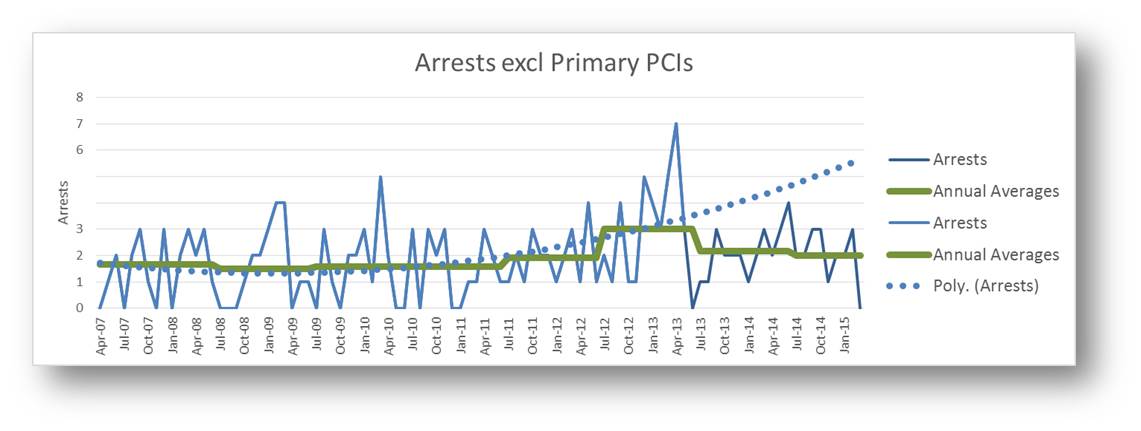
Steve Shaha
Institute for Integrated Outcomes, USA
Title: Maximising clinical and financial outcomes through integrated care
Biography
Biography: Steve Shaha
Abstract
The healthcare mission remains to improve the health and wellbeing outcomes for patients. Achieving that focus must reflect capabilities to meet patient needs regardless of the location of physicians, caregivers, elaborate diagnostic equipment or hospitals. These capabilities are particularly needed for caring for patients in locations remote from larger, more urban populations, representing more state-of-the-art equipment and specialists for diagnosing and defining interventions. And optimal care reaches balanced, integrated outcomes for clinical, financial and efficiency optimisation, all with the greatest access and outcomes for patients.
Distance capabilities require inter-location communication to connect remote and urban clinicians, the Internet being the most achievable in the 21st century. Telemedicine, with information exchange and visual interactions, requires equipment in place, and clinical professionals sharpened for sending information, interacting with specialists and diagnostic equipment in the more populated areas. Capable professionals with sufficient equipment collect initial diagnostic information provide information at the patient location and the information-enabled clinician interactions provide best care: Telemedicine.
Examples of telemedicine successes shared include pregnancy, through Labor and Delivery, through postpartum care, all including mother, fetus and newborn. Also Stroke care, integrating information from remote pre-event patient records, through Stroke, through care, follow-up and care thereafter. Another example includes ideal medication selection and dosing. Especially for paediatric patients, again reflecting full knowledge from patient history gathered at the remote patient and clinician location. Each is evidence by clinical, cost and efficiency metrics.
Every example of telemedicine illustrates the beneficial impact accomplished through inter-location information sharing, remote and urban-based clinical professionals optimizing diagnoses, interpretations and best-care determinations. Each undertaking must prove optimal modelling as quantified by outcomes metrics for clinical, financial and efficiency metrics. Each must also reflect evidence-based best care for patients in terms of medical benefits and access to care.


